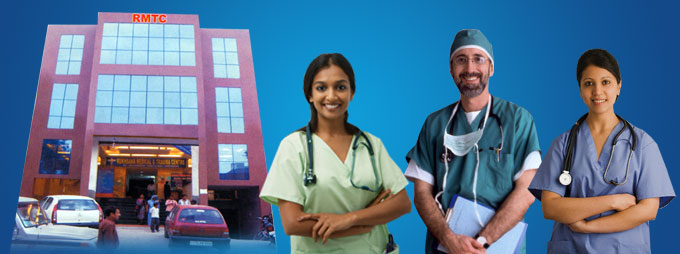Gynaecology & Paeds
GynaecologyGynaecology or gynecology [1] is the medical practice dealing with the health of the female reproductive system (uterus, vagina, and ovaries). Literally, outside medicine, it means "the science of women". Almost all modern gynaecologists are also obstetricians (see obstetrics and gynaecology). It is the counterpart to andrology, which deals with medical issues specific to men. The Kahun Gynaecological Papyrus is the oldest known medical text, (dated to about 1800 BCE) dealing with women's complaints—gynaecological diseases, fertility, pregnancy, contraception, etc. The text is divided into thirty-four sections, each section dealing with a specific problem and containing diagnosis and treatment, no prognosis is suggested. Treatments are non surgical, comprising applying medicines to the affected body part or swallowing them. The womb is at times seen as the source of complaints manifesting themselves in other body parts. |
|
PaedsPaediatrics differs from adult medicine in many respects [5]. The obvious body size differences are paralleled by maturational changes. The smaller body of an infant or neonate is substantially different physiologically from that of an adult. Congenital defects, genetic variance, and developmental issues are of greater concern to paediatricians than they often are to adult physicians. Treating a child is not like treating a miniature adult. A major difference between paediatrics and adult medicine is that children are minors and, in most jurisdictions, cannot make decisions for themselves. The issues of guardianship, privacy, legal responsibility and informed consent must always be considered in every paediatric procedure. In a sense, paediatricians often have to treat the parents and sometimes, the family, rather than just the child. Adolescents are in their own legal class, having rights to their own health care decisions in certain circumstances only |


